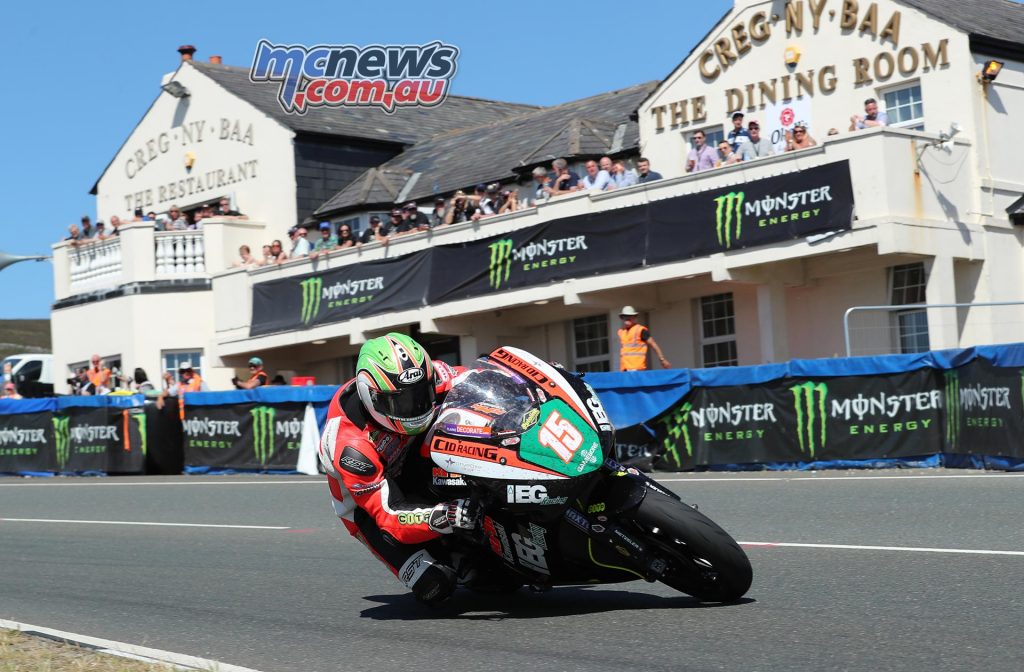Lightweight TT class opens up to more manufacturers
By Adam Child
The Isle of Man Lightweight race has increased in popularity for both riders and spectators. The racing over the years has been closer and more exciting than the larger classes. The very first four-stroke 650cc Lightweight race was run in 2012 and was won by Ryan Farquhar, the main instigator of the new class. I remember it well as I finished 40th on my home made Kawasaki ER-6N.
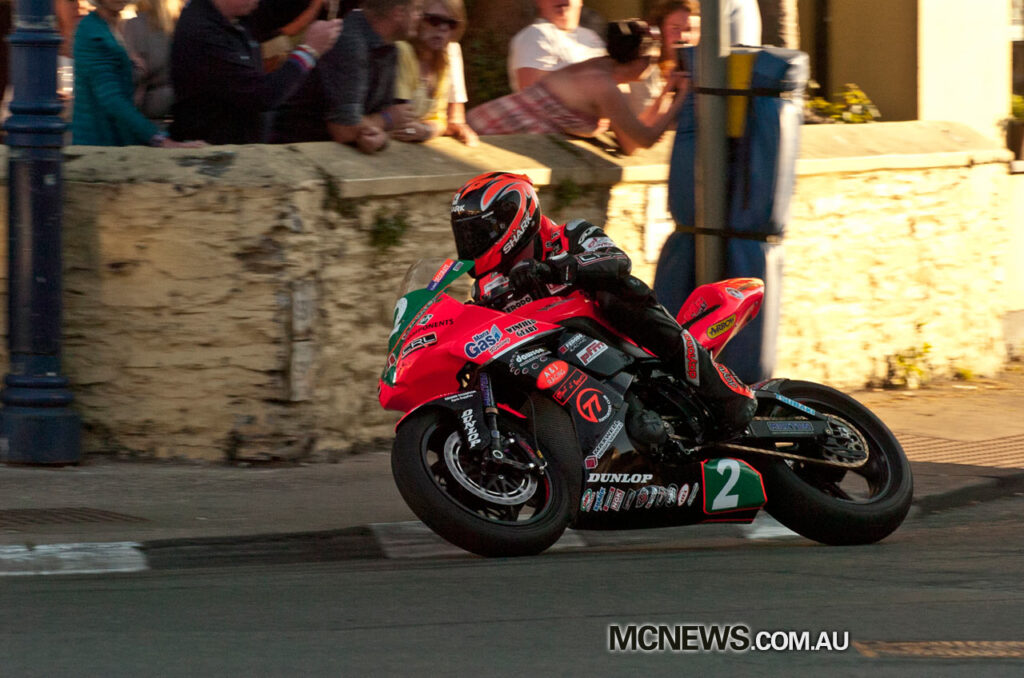
Since that first race Kawasaki went on to dominate the race, James Hiller won in 2013, followed by Dean Harrison in 2015 and Ivan Lintin in 2016. Only recently has Kawasaki’s dominance been challenged by the Italian specialist made Paton race bikes. Paton mounted Michael Rutter taking the win in 2017 and Michael Dunlop 2018 and 19. At the last Bennetts Lightweight race, Michael Dunlop broke the lap record (122.75mph) and held off Jamie Coward on the SB tuning Kawasaki, by less than two-seconds.
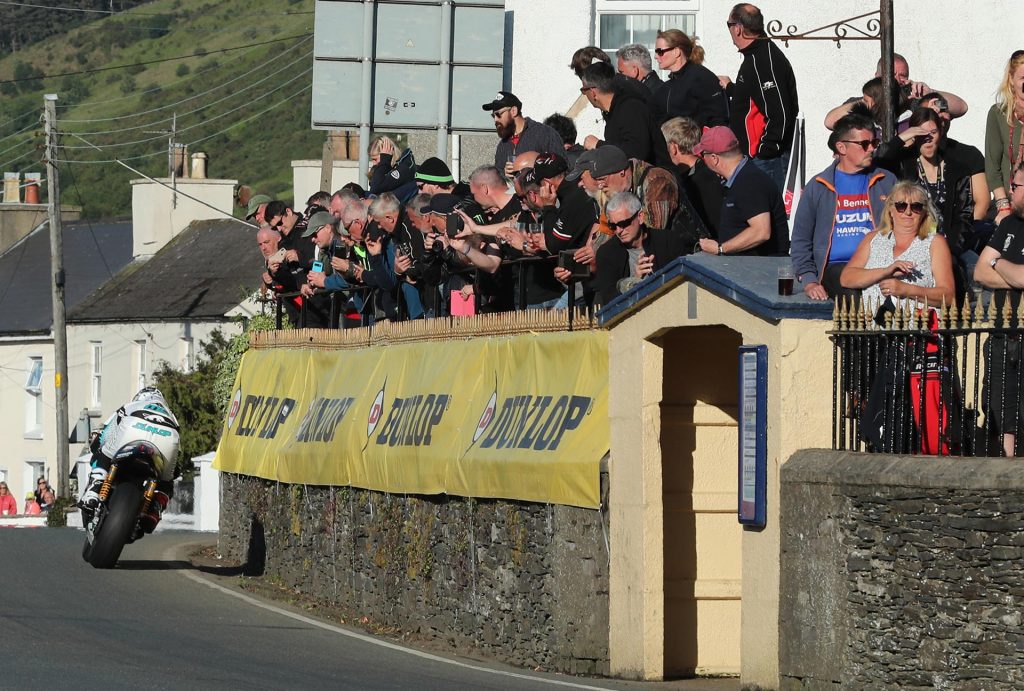
But now the Lightweight rules are about to change. The new rules will allow twin-cylinder machines up to 700 cc, which opens it up for Yamaha’s MT-07 and the new RS660 Aprilia. Back in 2012, when the rules and class was re-created, (previously the Lightweight class was for 250 two-stoke machines) it was simple enough, change almost anything, but not the frame, and away you go. I love the concept and the engineering challenges. 60+ bikes would be on the grid, every bike with slightly different bodywork, suspension, brakes wheels etc.
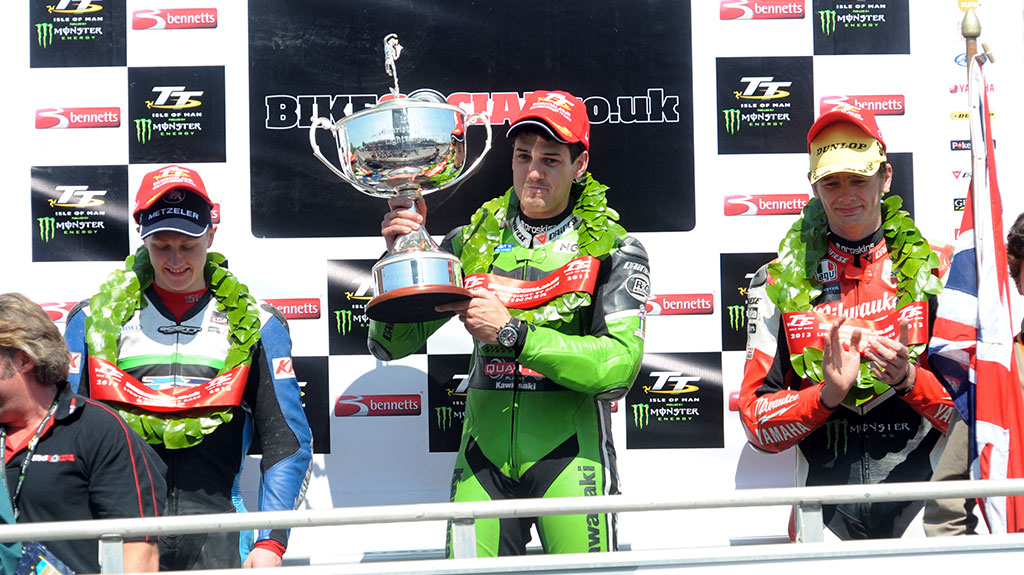
Back in 2012 you couldn’t simply buy a race bike, you had to make and manufacture one. Engineers kept their bikes secret up until the last moment, engine tuners were almost doubling the power of standard bikes. You had two choices as a base bike; Kawasaki’s then ER-6N, or now Z-650 and Suzuki’s SV650. Both of course were originally designed to be everyday commuter bikes, easy to ride, novice friendly, it was like converting a pick up truck, into an F1 car.
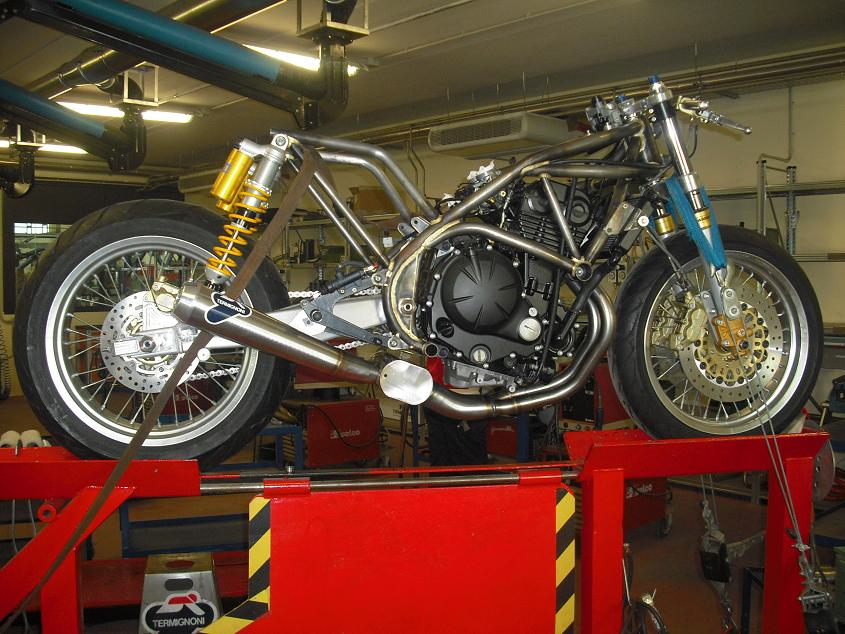
Later Paton joined the game, their ‘base’ bikes was already leagues ahead of the Kawasaki and Suzuki, but for a price. Paton now produce a road replica of the TT winning lap record holder biked for an eye watering £42,00 GBP. The race bike ready to go out of the box will set you back 43,000 Euro plus VAT/TAX.
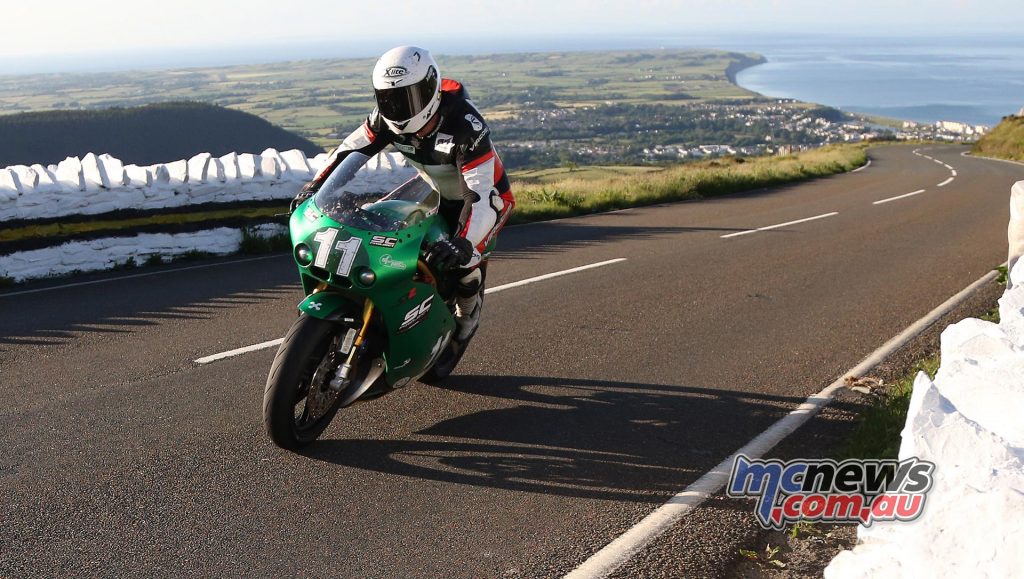
Rule changes
For 2021, the rules have changed to encourage manufacturers like Aprilia and Yamaha. However, their larger bikes will be governed, because machines over 651cc must use the throttle bodies and injectors found on the standard bike, with no modifications permitted other than the removal or fixing of the secondary butterfly.
The smaller, 651 cc-and-under machines have no such restriction. Throttle bodies and injectors can be changed or bored out, and they can even use multiple injectors per cylinder. The smaller bikes will have a minimum weight of 150 kg while the larger, over 651 cc machines must weigh 160 kg or more. Interestingly both capacities will have a rev limit of 11,000 rpm. This will limit the tuning potential of the Aprilia as it already makes peak power at 10,500 rpm, and will rev past 11,000 rpm in standard form. The standard Kawasaki, meanwhile, peaks at just 8000 rpm.
The remaining rules are virtually the same as before, which means you can change almost everything: wheels, suspension, subframe, pistons (same material, though), crank (but not lightened), cylinder head, exhaust, brakes, the list is endless. You can’t change the frame, must have a brake guard, rain light etc, but other than that it’s down to the team and budget.
Dave Hagen the Chief Technical Officer at the TT
“The new regulations represent the latest evolution of this highly competitive class. In order to allow participation of a wider variety of manufactures I have, after consultation with both the TT promotors and competitor teams, drafted a new set of technical regulations. This will allow water cooled twin cylinder machines up to 700cc to compete In drafting this new set of regulations and in order to accommodate the larger capacity, but as yet un-tested machines, I felt it was important to keep any overall changes to the existing regulations to a minimum. Having said that, there are some restrictions to machine weight and throttle bodies for the over 650 machines In truth, we will not know how evenly matched these bikes will be until they have raced on the TT course for the first time. This change for 2021 should be very much viewed as a starting point. It is for this reason that I reserve the right to revisit these regulations for future events with a view to maintaining parity between the different capacity machines.”
New kid on the block
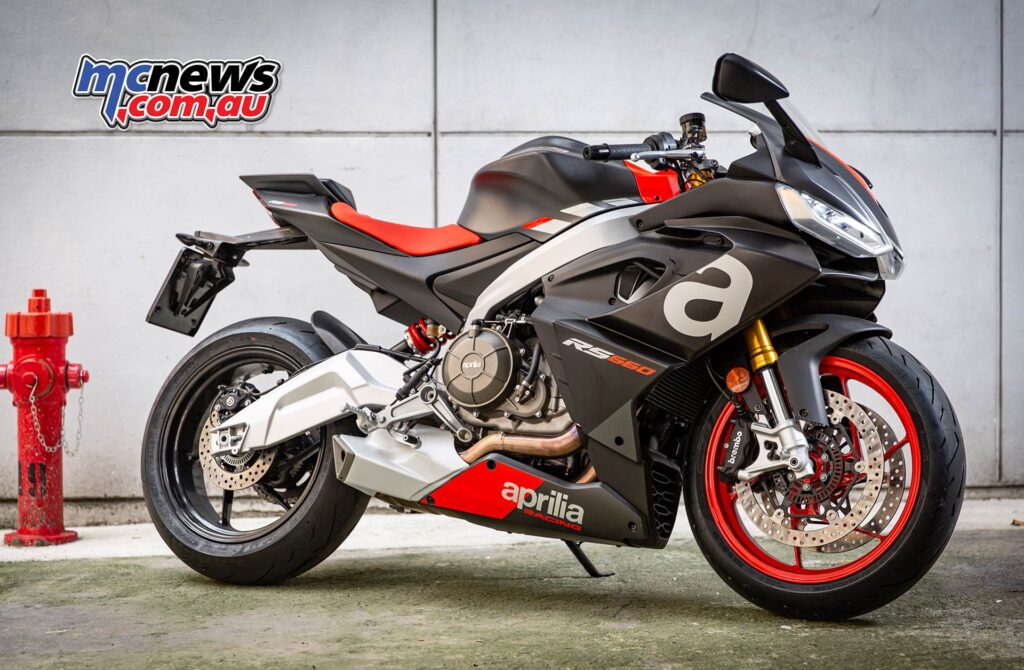
Aprilia RS660 – The sportiest bike in the category if we disregard the expensive Paton and in standard form the bike makes a quoted 100 hp at 10,500 rpm with 66 Nm of torque at 8500 rpm. Estimated real world back wheel figures should be approximately 80-83 hp. Aprilia already provide a full Akrapovic race exhaust and ECU which allow the bike to rev higher, possibly over the new regulations limit of 11,000 rpm. Estimated back wheel power, with a race exhaust and ECU, maybe aroound 90 hp. That’s competitive and hopfully should prove reliable and all for reasonable money.
Weight wise at 169 kg dry with road bodywork, it should be relatively easy to get the Aprilia down to 160 kg by simply removing all the road gear. Tune the engine – porting, gas flow, increase the compression – and 100 hp could be achievable without changing the conrods and crank. A specialist engine tuner with unlimited budget could push this further. The limit will be the restricted fuelling and rev limit. Once you’ve fitted race suspension, pads, bodywork and tyres I’d estimate cost to be around $30,000 AUD if going all out. The downside of the Aprilia is that it’s unproven in race trim. Will it last four hard laps around the TT, that is 150+ miles flat out…
The chancer
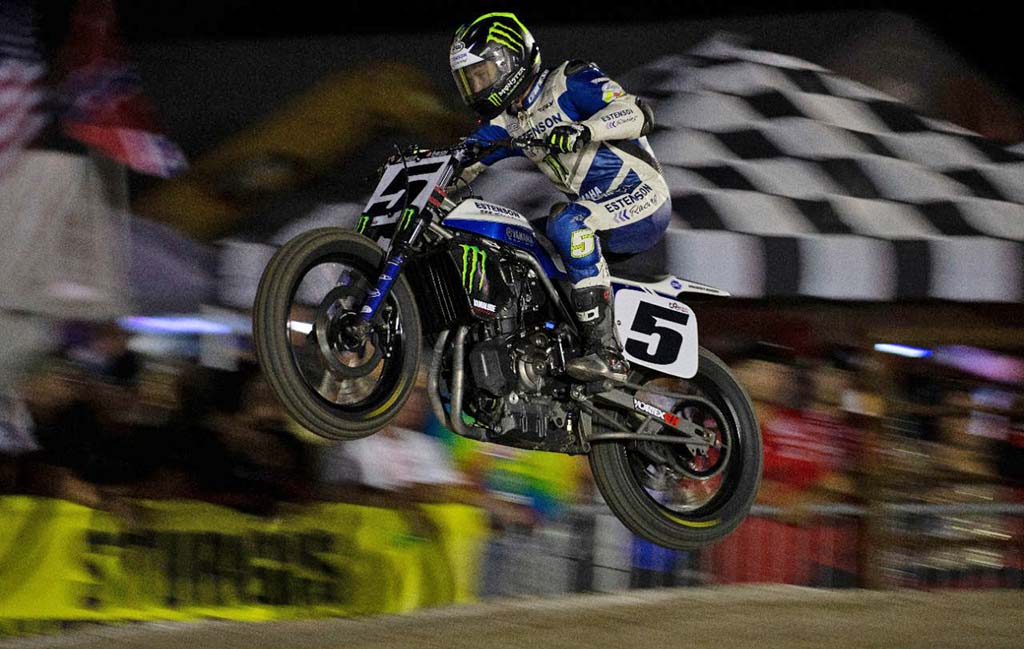
Yamaha MT-07 – The Yamaha has always been and still is a fantastic road bike, and there’s so much pleasure to be had from the punchy 689 cc parallel twin. In standard form it makes more torque than the Aprilia, and obviously more than the Suzuki and Kawasaki. Peak power is 74 hp at 9000 rpm, which is a decent start, so there is still 2000 rpm to play with. The Yamaha is also light at 182 kg with fuel, which should equate to around 167 kg dry. Aftermarket exhausts are already on the market with Akrapovic again producing a full race system that reduces weight by 3 kg and adds 3 hp. Fit some aftermarket suspension, remove the standard road gear and replace it with some R6 bodywork, and you could have a lively, race bike with a solid power output of around 80 hp at the rear wheel.
The bikes are already raced in America in the Twins Cup, which allows up to 800 cc twins with varying weight limits and are competitive against the Suzukis. But although the standard bike produces more power than a Kawasaki or Suzuki, it’s going to take development to make it competitive at the TT, so is something of a trip into the unknown. However, racing specialists like Crescent Racing have done an awesome job converting a Yamaha R3 into a race bike, so I’m sure they could do the same with an MT-07. The Americans are making some seriously big power from the MT-07 in Flat Track.
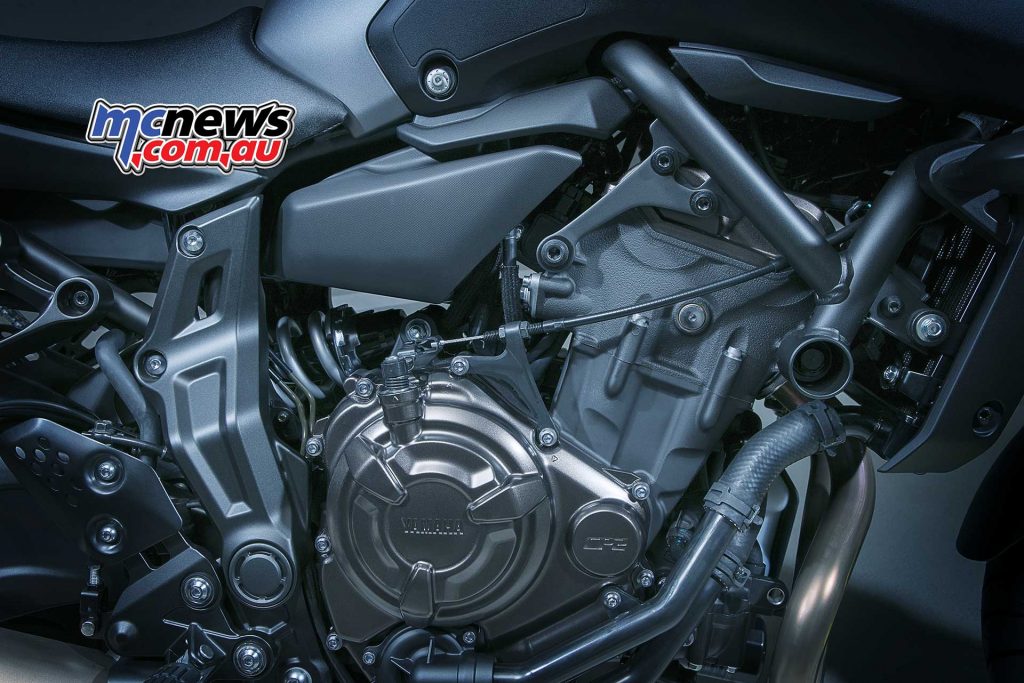
The creator of the series
Kawasaki Z650 – The new Z650 was introduced in 20017, replacing the ER-6N, it was a massive overhaul of the Kawasaki. Now the Z650 was considerably lighter, much improved chassis, linkage, and swing-arm. The engine was updated but it wasn’t a massive change, unlike the frame and chassis from ER-6N to Z650. Aside from the Paton, the Kawasaki has dominated the grids, and not just at the TT, but most road racing, it’s almost a one make series. Specialist engine tuners are pushing the boundaries, back wheel power close to 100bhp and just above. The level of engineering involved to transform a Z650 into a race bike capable of lapping the TT at over 121mph is impressive. The Kawasaki’s are race proven, and the rules allow you to run a lighter bike with tuneable fuelling.
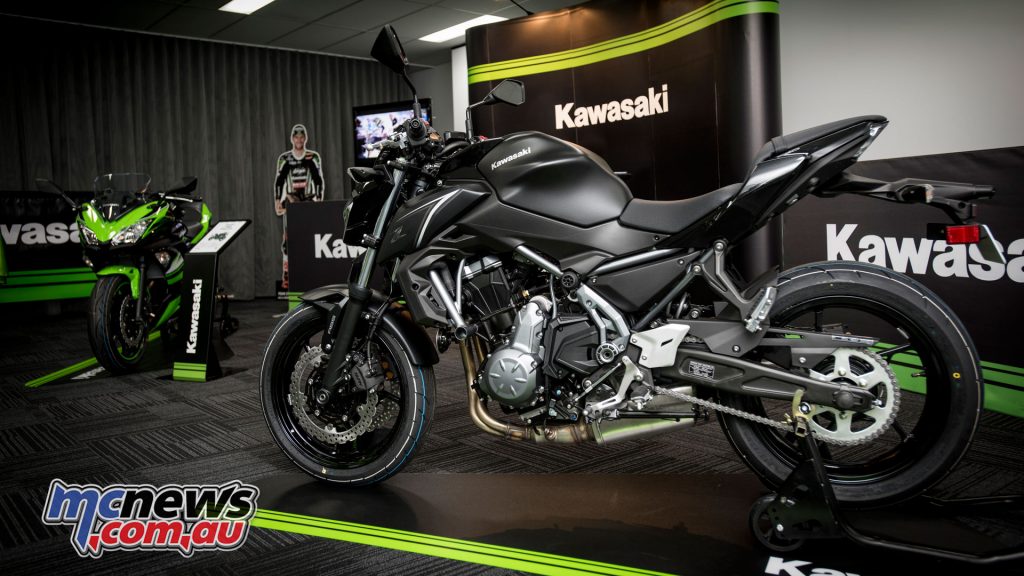
The new Z650 was introduced in 2017, replacing the ER-6N, and was a massive overhaul of the Kawasaki. The Zed was considerably lighter and had a much-improved chassis, linkage and swing-arm. The engine was updated but it wasn’t a massive change from the ER-6N. Aside from the Paton, the Kawasaki has dominated the grids, and not just at the TT. In fact, most Lightweight-based road races look almost like a one-make series.
Specialist engine tuners are, as ever, pushing the boundaries, with power at the rear wheel close to 100 hp and just above. The level of engineering involved to transform a Z650 into a race bike capable of lapping the TT at over 121 mph is truly impressive. The Kawasakis are race proven, and the rules allow you to run a lighter bike with tuneable fuelling. You can build a competitive bike for around $30,000 AUD, including a new bike, but the top bikes have almost $50,000 AUD invested in them…

The others
Paton – The TT lap record holding S1-R is less than 651cc and will therefore be allowed to run at the lighter weight of 150kg and to have free reign to change its fuelling. Fast and light, they are essentially race bikes for the road, and have been unbeaten in the last three years at the TT. The downside is they are very expensive and only for the privileged few at around $90,000 AUD.
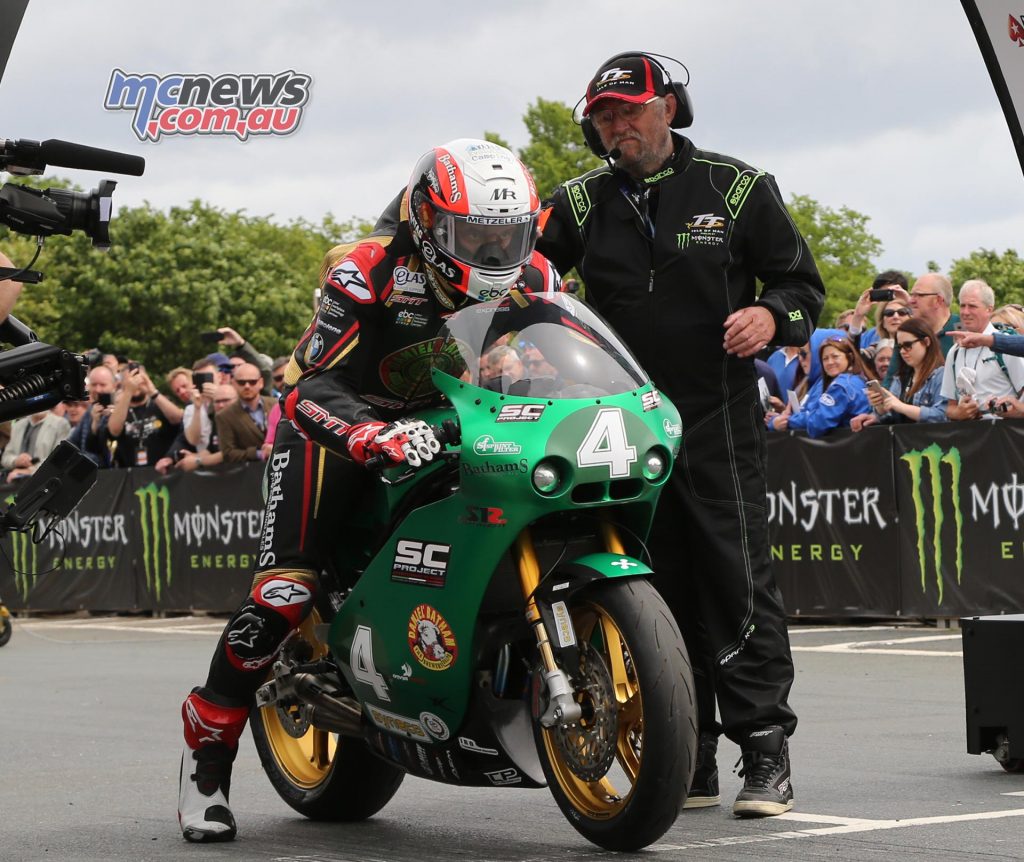
Suzuki SV650 – Another popular road bike that makes a good base for Lightweight racing. In standard form the V-twin makes more power and torque than the standard Kawasaki Z650. There are lots of aftermarket parts available and SVs are very widely used in mini-twin club racing where engine and chassis tuning is limited. However, as power increases towards to magic 100 hp mark, reliability becomes an issue, and at the TT nobody has yet made a Suzuki competitive at the top level.
Norton – In 2019 the Norton factory fielded the dream team and the Superlight showed promise, Peter Hickman eventually finishing 8th overall and lapping at over 120 mph – not bad for a team in its first year on a underdeveloped bike. Peter still has the Norton and was planning on racing it in 2020. However, it’s unclear if the Norton will be eligible for the 2021 race and, if it is, whether Peter will ride it.

Looking at 2021
From a spectator’s point of view it’s going to be as exciting and as close racing as ever with more bikes and manufacturers involved. From the engineering side, I can’t wait to see the developments. A racing MT-07 is going to be fascinating and will be followed by the many thousands who own one, its been a best-seller in the UK. Aprilia’s RS660 should be fast with fewer changes necessary, but with the initial outlay almost double that of the MT-07, cost may put some teams off. From a racer’s point a view, it’s a hard decision. Do you go with what you know with Kawasaki, or gamble with Aprilia or Yamaha? I’ve ridden all the bikes in contention and plan to go racing in 2021, but remain unsure which path to choose!
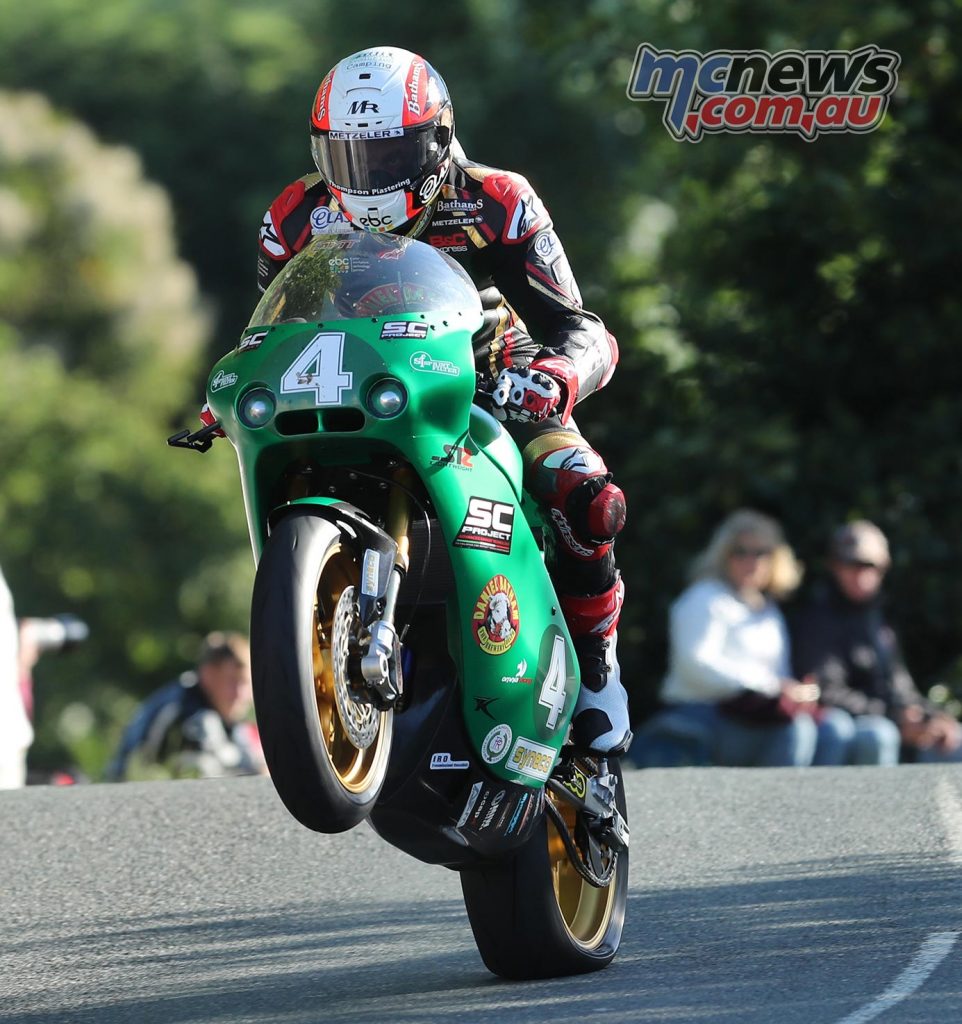
Ryan Farquhar on the changes
“I want to the class to be as competitive as it can be, with as many manufactures as possible like the Junior Supersport class or World SSP300, with KTM, Kawasaki, Honda and Yamaha, but I’m a little disappointed by the new rules as the organisers have moved the goal posts, without much consultation. The rules need to be more bike specific like the rule in Junior Supersport. Myself and others have put 8-10 years of development work into our bikes, not just the time but money also, and the new bigger bikes should have an advantage. They still have to be developed and turned into race bikes, but they should be capped, or the smaller bikes should be allowed to increase in capacity to make a level playing field. I’d love to see lots of manufactures, each with different rules, which makes the bike equal, racing around the TT close racing like the 300 class.”
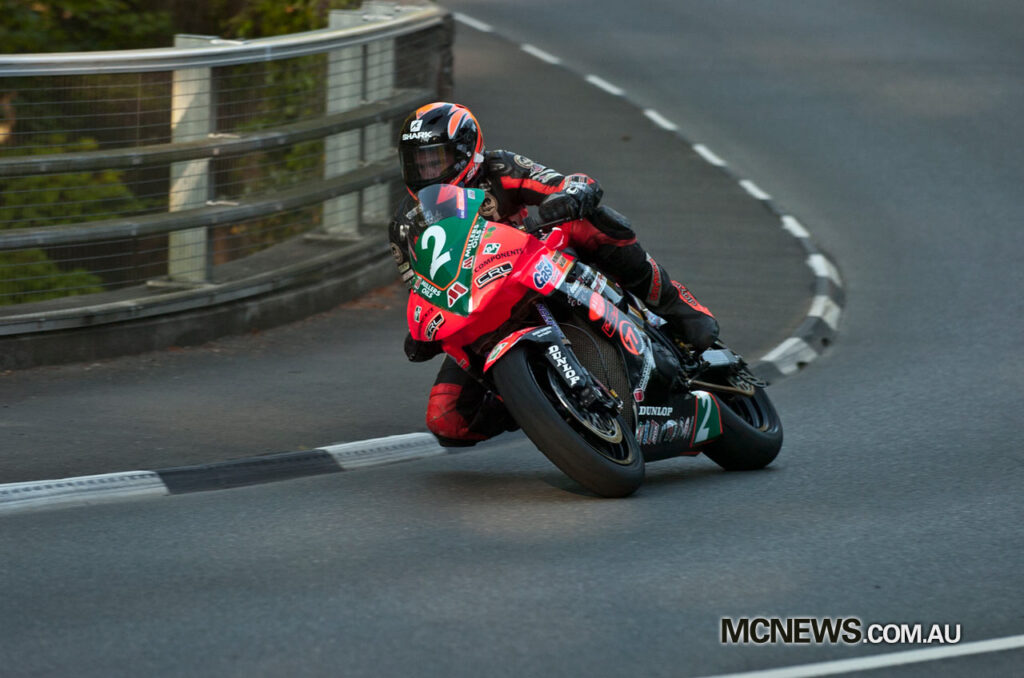
Ian Lougher
“I think more the marrier, I’d love to see more bikes and manufactures on the grid. I might be shooting myself in the foot with my Paton team, but we need more bikes on the grid. In America the MT-07 looks competitive, and it will be interesting to see what Aprilia does with their bike and the cost. We take a bit of flak for having an expensive bike, but you don’t have to do anything it’s ready to race out of the box. When we first went racing we didn’t do any testing as the bike was too loud, we just turned up and went. Yes it’s expensive but a top level bike like Jamie Cowards is upwards of 30k, close to 35k. Hopefully we can get going and have full grids of 2021.”
